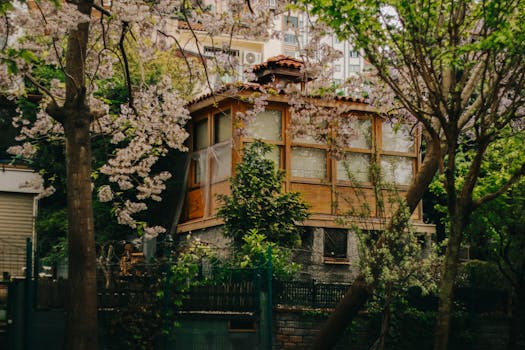
Urban Green Spaces: The Future of Outdoor Living in European Cities by 2025
Urban Green Spaces are becoming increasingly important in European cities, and it’s easy to see why. As the world becomes more urbanized, the need for green spaces has never been more pressing. Not only do they provide a tranquil escape from the hustle and bustle of city life, but they also play a critical role in maintaining the health and well-being of urban residents. In this article, we’ll explore the future of outdoor living in European cities and how urban green spaces are set to revolutionize the way we live, work, and interact with our surroundings.
What are Urban Green Spaces?
Urban Green Spaces refer to any area of greenery within an urban environment, including parks, gardens, green roofs, and green walls. These spaces can range from small, pocket parks to large, sprawling gardens, and can be found in both public and private areas. Urban Green Spaces are designed to provide a range of benefits, including improved air quality, reduced noise pollution, and enhanced biodiversity.
The Benefits of Urban Green Spaces
So, why are urban green spaces so important? For starters, they provide a range of physical and mental health benefits. Studies have shown that spending time in nature can reduce stress levels, improve mood, and even lower blood pressure. Urban green spaces also provide a space for social interaction, community engagement, and recreation, which are essential for building strong, resilient communities.
The Future of Outdoor Living in European Cities
As we look to the future, it’s clear that urban green spaces will play an increasingly important role in shaping the outdoor living experience in European cities. By 2025, we can expect to see a significant increase in the number and quality of urban green spaces, as cities prioritize sustainability, green infrastructure, and community engagement. From green roofs to urban forests, the future of outdoor living in European cities will be characterized by a seamless blend of nature and urbanization.
Case Studies: Urban Green Spaces in European Cities
So, what do urban green spaces look like in practice? Let’s take a look at a few case studies from around Europe. In Copenhagen, the city’s green roof initiative has seen the creation of over 100 green roofs, providing insulation, reducing stormwater runoff, and creating habitats for local wildlife. In Barcelona, the Superblock program has prioritized pedestrian-friendly streets, green spaces, and community engagement, resulting in a significant reduction in air pollution and an improvement in quality of life for residents.
Conclusion
In conclusion, urban green spaces are the future of outdoor living in European cities. As we look to 2025 and beyond, it’s clear that these spaces will play an increasingly important role in shaping the way we live, work, and interact with our surroundings. Whether it’s a small, pocket park or a large, sprawling garden, urban green spaces have the power to transform our cities, improve our health and well-being, and create more sustainable, resilient communities.






